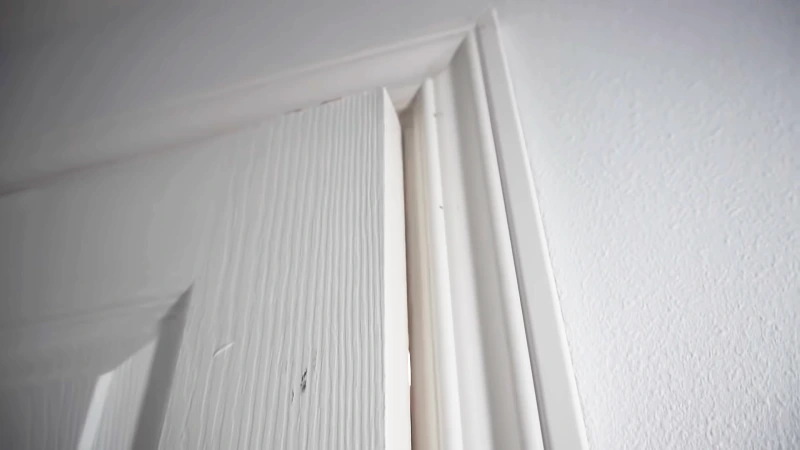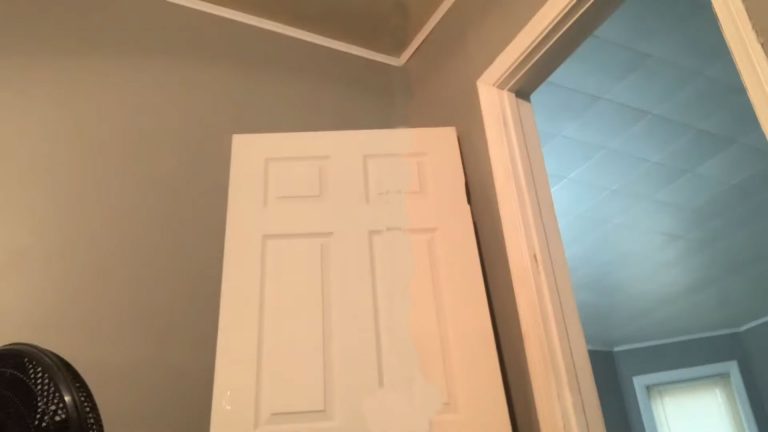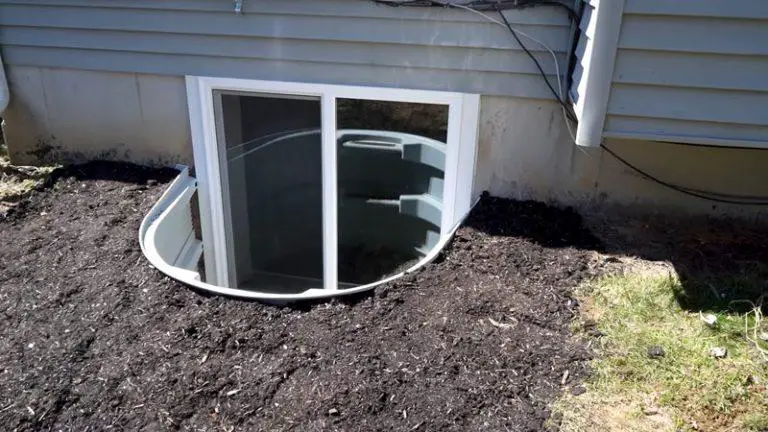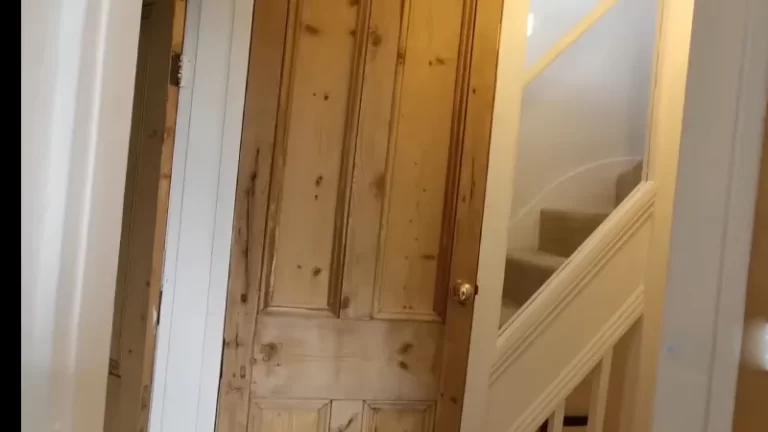Bottom of Door Hits Before Top [Easy Way to Solve]

If you’ve ever struggled to open or close a door because the bottom hits the door jamb before the top, you know how frustrating it can be. This problem, known as the bottom of the door hitting before the top, can be caused by a variety of factors. These include a warped door or a twisted door jamb.
In this article, we’ll explore the possible causes of this issue. We’ll also provide solutions for fixing it, so you can enjoy smooth, easy-to-use doors in your home.
You'll Learn About
Bottom of Door Hits Before Top
If the bottom of a door hits the door jamb before the top, it could be due to several factors. One possibility is that the door itself is warped. This causes one corner to hit before the others. Another possibility is that the door jamb is twisted. The bottom of one side may be ahead of the other.
This can happen as a house settles, even if the jamb was originally installed perfectly.
To address this issue, adjustments to the door or the jamb may be necessary. This could include moving the top or bottom hinge mounts slightly. This helps the door appear flat in the jamb. Another option is installing door stop at a slight angle or trimming it to an acceptable taper. In some cases, latching the door against a small spacer where it hits first can help “rewarp” it for a better fit.
Possible Causes
There are two main causes of the bottom of a door hitting the door jamb before the top. These are a warped door or a twisted door jamb.
Warped Door
A warped door is one that is not perfectly flat. This can cause one corner to hit before the others. Changes in humidity can cause the door to expand or contract. A door that was not properly installed or maintained can also become warped over time.
Twisted Door Jamb
A twisted door jamb is one that is not straight or flush with the wall. This can happen as a house settles, even if the jamb was originally installed perfectly. A twisted door jamb can cause the bottom of one side of the door to hit before the top.
Before You Proceed to Solutions
There are a few things to keep in mind or have on hand when addressing this issue:
Know the Cause
It is important to determine the cause of the problem before trying to fix it. This can help you choose the most appropriate solution.
Have the Right Tools
Depending on the solution you choose, you may need certain tools. These include a screwdriver, a hammer, a plane, or a drill. Make sure you have the tools you need before you start working on the door.
Take Your Time
It is important to take your time and make careful adjustments. Rushing the process or applying too much force can cause damage to the door or the jamb.
Test the Door
After making adjustments, test the door to make sure it is closing properly. Open and close the door a few times to see if the problem has been resolved.
Solutions
There are several solutions that can help fix this issue. These include:
Adjusting the Hinge Mounts
Depending on the cause of the problem, adjusting the hinge mounts can help the door fit better in the jamb. For example, if the door is slightly warped, moving the top hinge mount slightly outward may help the door close more evenly.
Installing Door Stop at a Slight Angle or Trimming It to an Acceptable Taper
Door stop is the material that the door hits when it is fully open. If the door stop is not angled correctly or is not trimmed to fit the door, it can cause the door to hit the jamb at the bottom before the top. Adjusting or trimming the door stop can help the door close more evenly.
Latching the Door Against a Small Spacer
In some cases, latching the door against a small spacer where it hits first can help “rewarp” it for a better fit. This can help the door close more evenly and reduce the gap between the door and the jamb. However, use a small spacer and be careful not to apply too much pressure. This could damage the door or the jamb.
It is worth noting that these solutions may not work for every door and every situation. In some cases, it may be necessary to consult a professional for further assistance.
Tips for Fixing a Door
Here are some additional tips for fixing a door that hits the door jamb at the bottom before the top:
Check for Loose or Damaged Hardware
Make sure all screws, hinges, and other hardware are tightened and in good condition. Loose or damaged hardware can cause a door to hang unevenly and hit the jamb at the bottom before the top.
Check the Alignment of the Hinges
Make sure the hinges are properly aligned with the door and the door jamb. If the hinges are misaligned, it can cause the door to hit the jamb at the bottom before the top.
Check the Floor
If the floor is uneven or sloped, it can cause the door to hit the jamb at the bottom before the top. In this case, you may need to adjust the door stop or use shims to level the door.
Check the Door Jamb
If the door jamb is not straight or is not flush with the wall, it can cause the door to hit the jamb at the bottom before the top. In this case, you may need to adjust the door jamb or use shims to level it.
Use a Plane
If the door is slightly warped, you can use a plane to remove a small amount of material from the edge of the door where it is rubbing against the jamb. This can help the door close more evenly.
Use a Door Sweep
A door sweep is a strip of material that fits along the bottom of the door and seals the gap between the door and the floor. If the gap between the door and the jamb is small, a door sweep can help the door close more evenly.
Use a Weatherstrip
A weatherstrip is a strip of material that fits along the sides and top of the door and seals the gap between the door and the door jamb. If the gap between the door and the jamb is small, a weatherstrip can help the door close more evenly.
Conclusion
The bottom of a door hitting the door jamb before the top can be a frustrating problem. It can be caused by a warped door or a twisted door jamb. Adjusting the hinge mounts, installing door stop at a slight angle or trimming it to an acceptable taper, and latching the door against a small spacer are all potential solutions.
If the bottom of your door hits before the top when closing, it’s likely due to misalignment or settling of the door frame. This issue can often be resolved by adjusting the hinges or sanding down the bottom edge of the door. Proper alignment ensures smooth operation and prevents damage to the door and frame.
While fixing your door, consider other common door-related issues. For example, if your deadbolt doesn’t retract all the way, it could indicate a misaligned strike plate or a faulty mechanism. Additionally, understanding the rough opening size for a 72-inch bi-fold door can help with installation projects. For more tips, explore our guide on why shades are so expensive.



